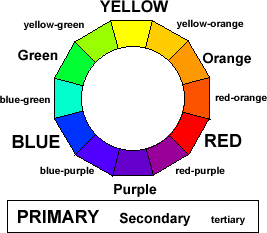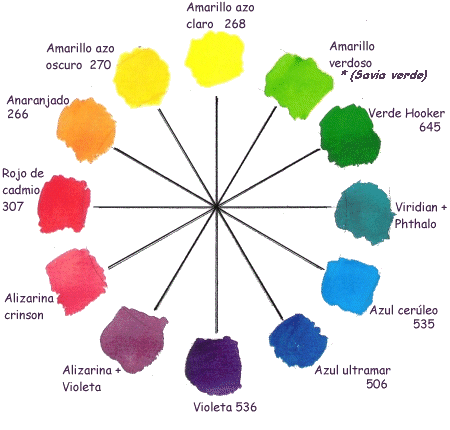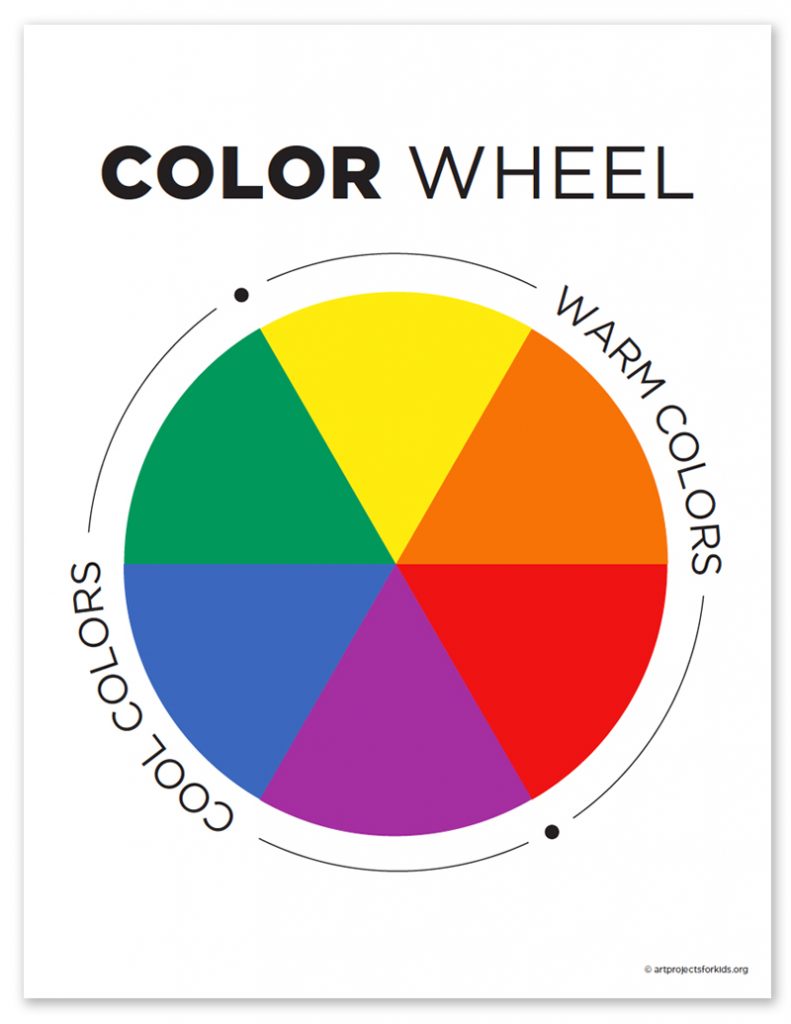

That's because this pure pigment leans away from Orange and mixes harmoniously with the cool pure Blue. In this example, if you want to mix a rich Purple instead, use a cool pure Red such as Quinacridone Red.

This result is only great if you actually want a rich Brown. In this case it's pure Blue + pure Orangey/Red. Brown is the neutralized result we get from mixing Complementary colors. In our example above, Cadmium Red is a warm pure hue, leaning toward Orange. Blue and Orange are Complementary Colors. As a result, there are many different pure Yellow, Red and Blue pigment paints available. Paint is manufactured with organic, mineral and chemical pigments. They are unmixed pigments that can't be created by mixing other colors. A mix of red and yellow, both primary colors, gives you the secondary color orange.

There are three secondary colors just like there are three primary colors. Secondary Colors Secondary colors arise when any two primary colors are mixed together. To understand why, we need to look at paint pigments. A Primary Yellow, Red or Blue paint color usually refers to a paint that contains only one pigment. The primary colors, sometimes denoted as P’, are red, yellow and blue. For instance, if you mix Cadmium Red + Ultramarine Blue, you'll likely be sadly disappointed. If you were expecting a deep rich Violet (Purple), the resulting Brown will be a total surprise. The problem is paint pigment never works like that in real life. This color scheme uses two or three colors from the same color family on the color wheel. However, as I wrote in a previous Color Wheel post, color is not an exact science. So in other words, you could conceivably mix gazillions of colors with only three pure Primar y pigments of Yellow, Red and Blue. Of course that's what they teach us in school.


 0 kommentar(er)
0 kommentar(er)
